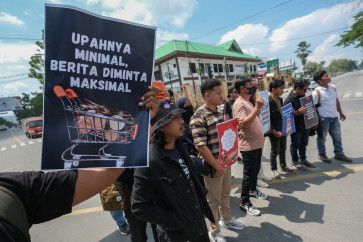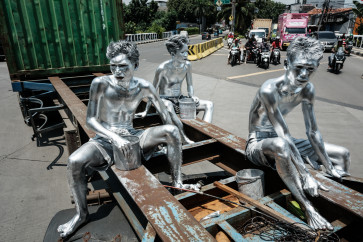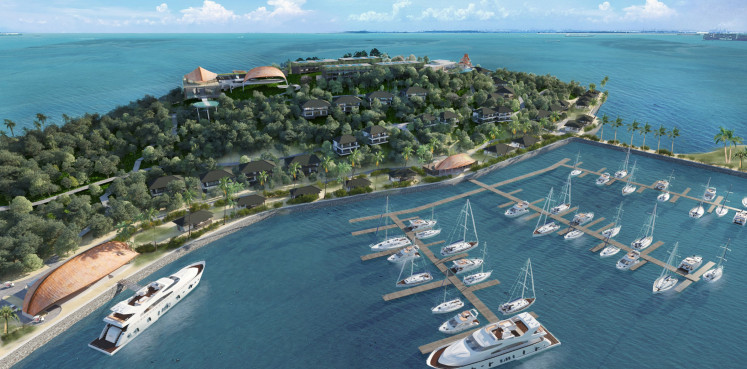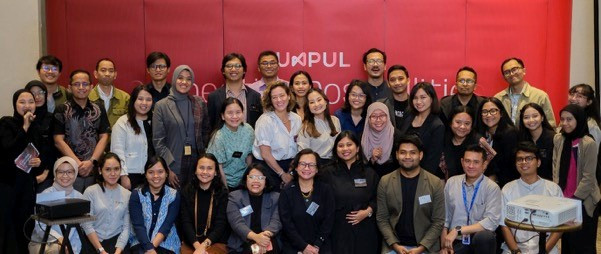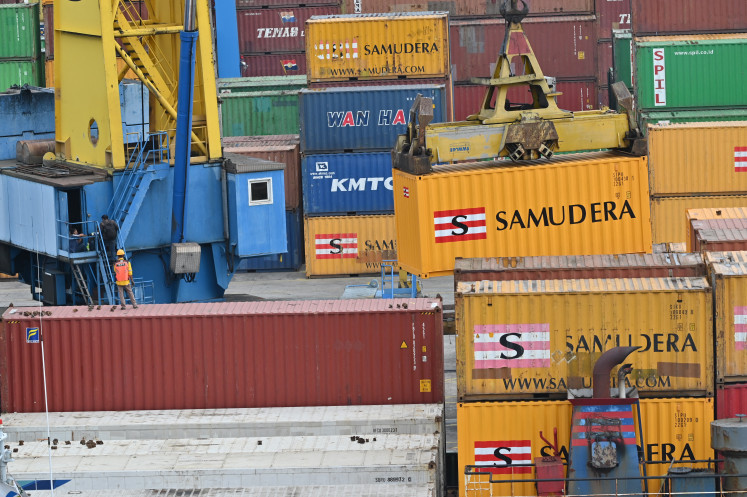The sweet escape: Indonesia’s growing obsession with sugar
Change text size
Gift Premium Articles
to Anyone
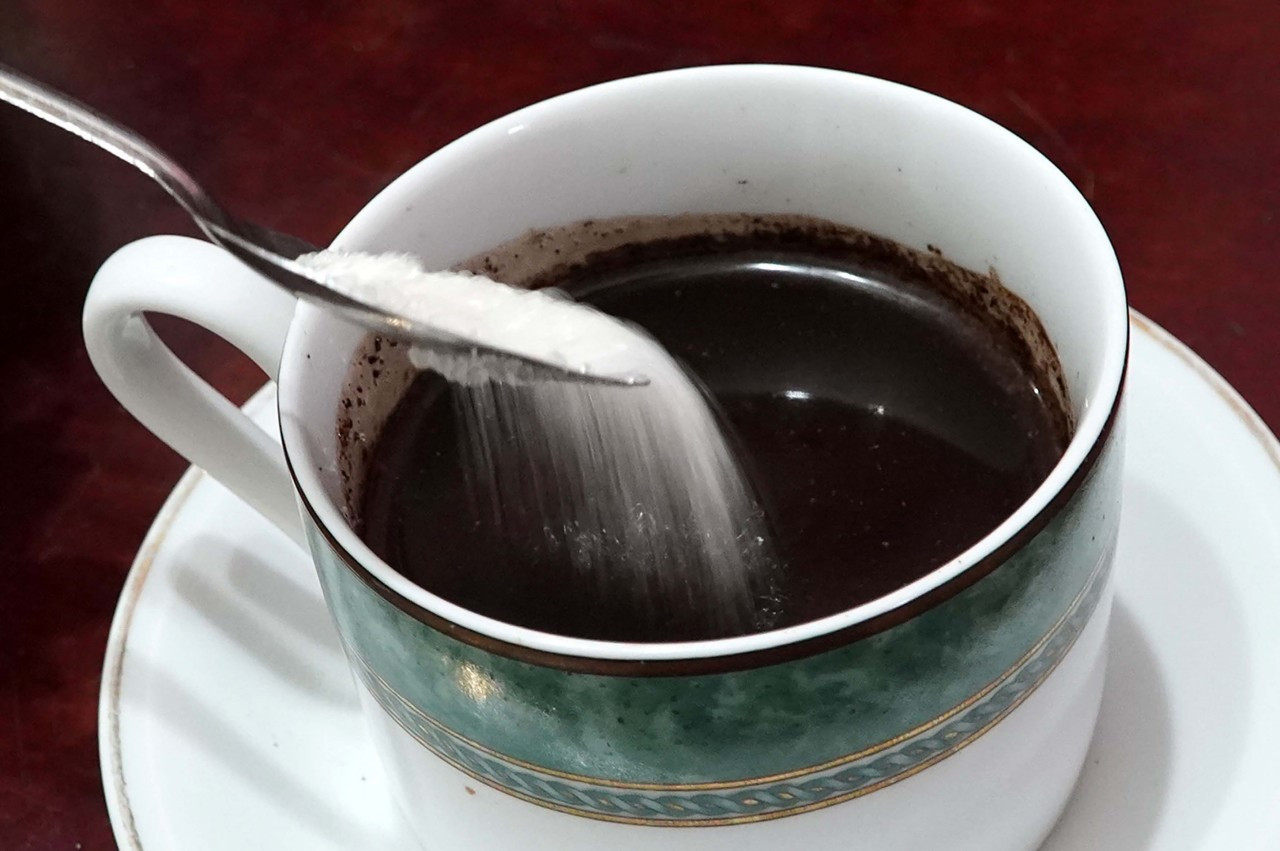 Sugar and a cup of coffee (JP/ Arief Suhardiman)
Sugar and a cup of coffee (JP/ Arief Suhardiman)
B
rown, white, crystallized, burned, liquid. Whether you avoid it like the plague or just cannot get enough of it, sugar is all around us in Indonesia.
You can find it in that ice cream on your cheat day, the iced coffee from the fancy cafe down the street, to the barbecue sauce right next to the grill.
Sugar is a big part of cuisine in general from appetizer to desert, but it certainly plays an incredibly important role in Indonesian society.
Befitting its status as an essential commodity, sugar prices are tightly regulated by the government, and some stores will cap sugar purchases to prevent hoarding amid shortages and rising prices.
However, as it turns out, Indonesia’s love for sweetness did not start with the crystallized white sugar we all know and love, but rather with palm sugar or gula aren, like the type used in trendy iced coffees that has become all the rage in recent times.
Sugar rush
Ancient Javanese scripts and inscriptions recorded the preferred method of adding sweetness of the time: sugar derived from nira, which is the sap that comes from arenga pinnata - sugar palm.
Palm sugar is a vital ingredient in a number of traditional dishes from Java, such as dodol, dawe, and cendol.
As for the cane sugar that is as common as the ants they attract, its history can be traced to the 15th century, where the commodity was brought by Chinese traders who then set about cultivating the famously valuable crop.
During the 19th century, sugarcane was widely traded across continents, and the Dutch East India Company (VOC) as a colonial power implemented a government policy called the cultuurstelsel (cultivation system), requiring a portion of Indonesia’s agricultural production to be devoted to export crops.
Widely referred to by many Indonesians as tanam paksa (forced planting), the system was mainly implemented on the island of Java, where villagers had to have 20 percent of their village lands sectioned off for export cultivation or work in government-owned plantations for 60 days of the year.
As a result of the system, before the Great Depression, Java occupied a consistent place as the second-largest sugarcane producer and exporter after Cuba. Sugar production in Java also accounted for a third of the Dutch government revenue and 4 percent of its GDP.
Sugar was a rather profitable crop during the period, with the Dutch building 94 sugar-processing factories throughout Java along with the required infrastructure like roads, railways and electrical installations to further improve logistics.
Bitter days
While sugar provided wealth for some, it also created strife for others. Many villagers had more than 20 percent of their lands sectioned off for exports, which created conditions for food shortages and famine as sugarcane is not meant to be consumed daily like rice.
At the same time, reports were made of villagers working for far more than the required 60 days, with thugs and Dutch police battalions deployed to curb any form of protest or resistance.
After Indonesia gained independence in 1945, the newly formed government took over the sugar factories under the Sultanate and Mangkunegaran in 1946, and the nationalization of foreign companies continued until 1957.
During these turbulent times, sugar production declined significantly. In 1955, sugarcane production dropped from 14 tons per hectare to only under 9 tons. With the decrease in sugar productivity and an increasing demand, Indonesia became a sugar-importing country starting from 1967 onward.
A report by Czapp found that Indonesian sugar consumption has grown as much as 40 percent over the last decade, a staggering figure compared with the global average of 9 percent. By comparison, India saw a growth of 7.8 percent in the same period, while China experienced a rise of 6.8 percent.
How much sugar is too much?
In 2020, Indonesia was the 27th largest exporter of sugars and sugar confectioneries valued at US$315 million, but the same year also saw Indonesia importing $1.79 billion worth of sugar and sugar confectionaries, making it the third biggest importer of sugar in the world.
For 2022, the Industry Ministry had set an import quota of 3.4 million tons for refined sugar (GKR) materials, while white sugar (GKP) made for consumption was set at 891,627 tons.
Yet with all that sugar consumed regularly, it is only common knowledge that too much sugar is harmful to one’s health.
Numerous studies and reports have showcased the negative effects of excessive sugar consumption, ranging from decreased vitamin and mineral intake, increased risk of Alzheimer’s disease, increased fat deposits around the heart and stomach, to increased risk of mortality from COVID-19.
The International Diabetes Federation (IDF) reported that in 2021, Indonesia recorded 19.5 million cases of diabetes, projected to rise to 23.3 million by 2030.
Meanwhile, the 2018 Basic Health Research (Riskesdas) report found that the prevalence of diabetes mellitus rose to 8.5 percent of the population in 2018, up from 6.9 percent in 2013. It also revealed that the prevalence of obesity rose from 14.8 to 21.8 percent over the same period, affecting about one-fifth of all adults.
Earlier in April, Jakarta-based thinktank Center for Indonesia’s Strategic Development Initiatives (CISDI) called for the government to impose excise taxes on all packaged sugary beverages, citing the increasing prevalence of diabetes and swelling healthcare spending for obesity-related diseases.
With the myriad debates and warnings on sugar production and consumption throughout the years, it has become clear that the sweetness can be as enthralling as it is problematic.



